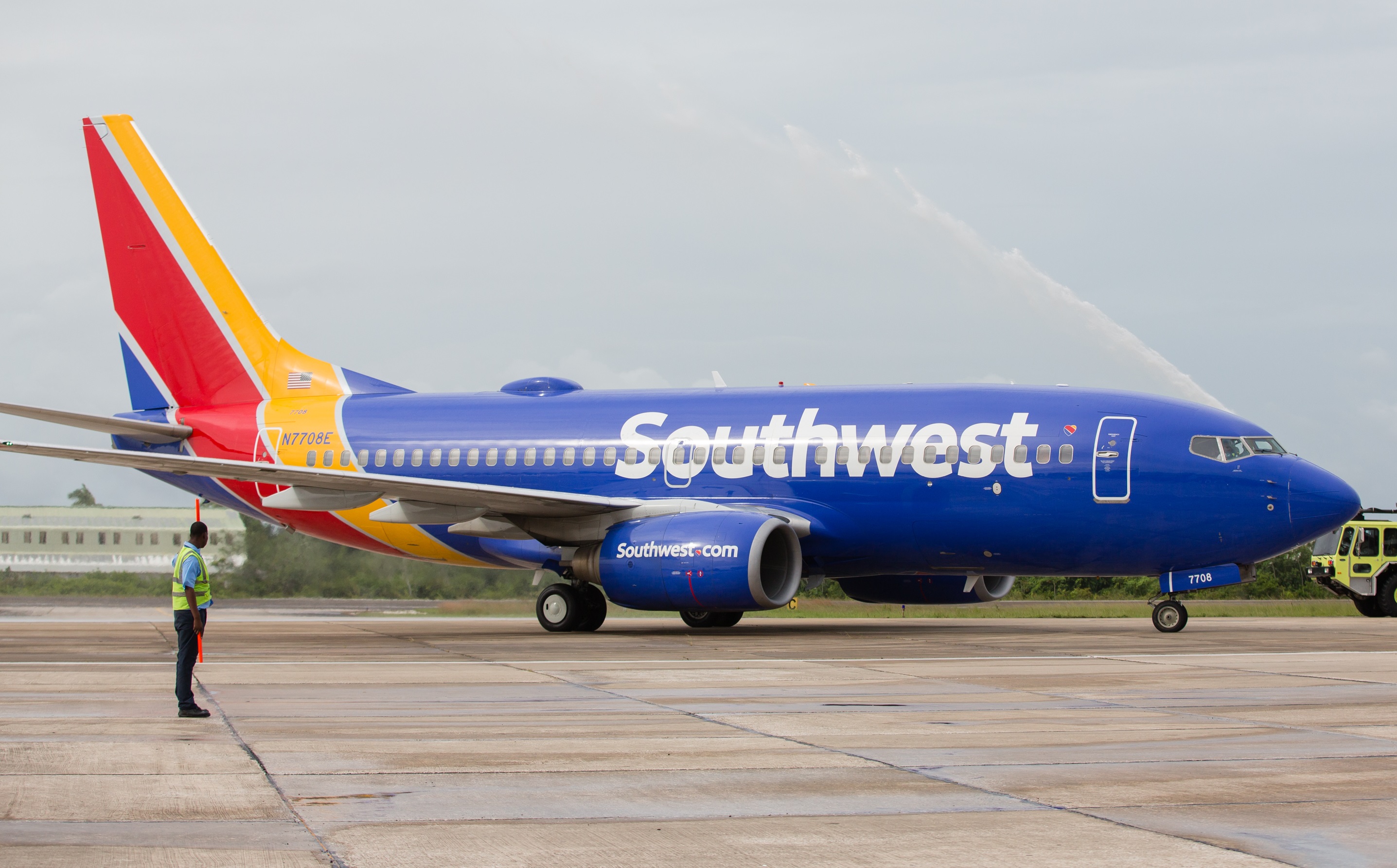Southwest Airlines: 16 additional Boeing 737-7s to accelerate the retirement of its 737-700s
Southwest Airlines confirmed that it will execute on sixteen additional Boeing 737-7s that were held as options, to accelerate the retirement of its Boeing 737-700s.
In its latest financial report, the low-cost carrier announced that it will receive its first eight Boeing 737-7s in 2022 and another eight in 2023.
After the conversion of options, the company reaches a confirmed order of 250 Boeing 737-7s and 149 Boeing 737-8s, of which 69-8 were delivered. The report states that it will not receive any additional B737 MAX aircraft this year and that it will resume deliveries of Boeing 737-8s from 2026 and conclude its orders by the end of 2031.
In addition to this confirmed order for 399 Boeing 737 MAX, 252 other options (-7 and -8) remain to be defined and, if confirmed, would be delivered between 2022 and 2027.
«We currently have 72 firm orders and 42 options next year and will continue to evaluate option exercises as decision-making points arise. Independent of our capacity plans in the coming year, we continue to believe that taking the additional options by 2022 will produce an increase in aircraft replacement», said CFO Tammy Romo.

The company is looking to accelerate the retirement of its Boeing 73
7-700s. Photo: Southwest Airlines
The Boeing 737-7 is subject to type certification by the U.S. Federal Aviation Administration (FAA), with the first deliveries expected to begin in the first quarter of 2022.
The airline plans to replace its Boeing 737-700s, which currently account for 462 aircraft, making it the largest operator of the model worldwide. During the present year, the company is scheduled to retire the nine oldest units in the fleet.
On the other hand, the 207 Boeing 737-800s may remain in the fleet for some additional time before the other round of Boeing 737-8s arrives. 2022 is expected to be a transition year, before a full recovery in 2023.
While it has been gradually rebuilding its network, Southwest said that its total capacity in the fourth quarter of 2021 would be 8% lower than pre-pandemic and in the first quarter of 2022, 6% lower. The low-cost carrier recorded a net loss of USD 135 million in the third quarter of 2021 and a cumulative loss of USD 1.36 billion for the first nine months of the year.

/https://aviacionlinecdn.eleco.com.ar/media/2021/03/High-res_Southwest-scaled.jpg)
Para comentar, debés estar registradoPor favor, iniciá sesión